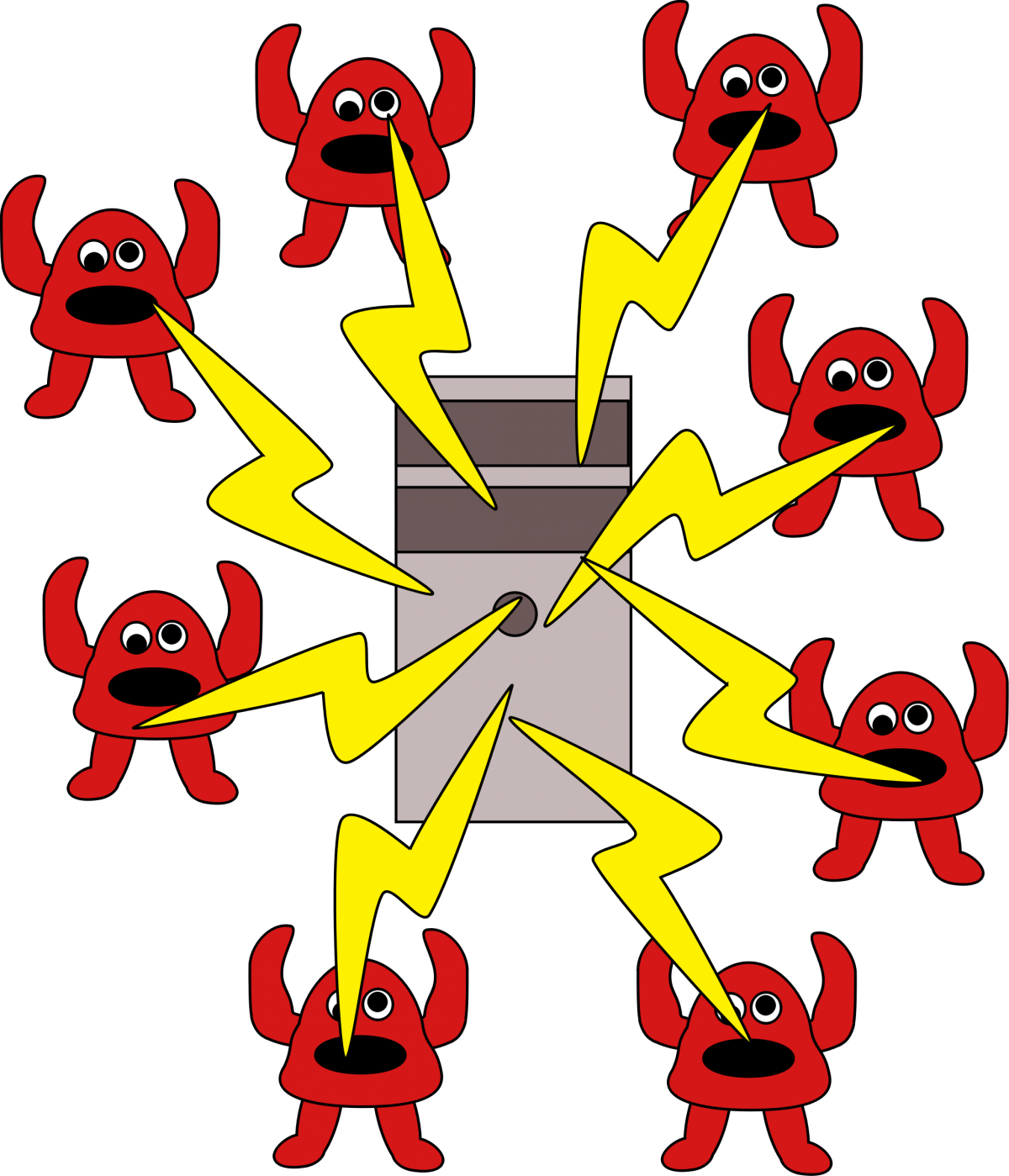Denial of Service Attacks Rise (“Internet of Things” Vulnerable)

With all the noise and hubbub around insider threats and data hacks, it’s easy to ignore that other threats persist. Most notably, denial-of-service (DDoS) attacks. DDoS occur when cyber criminals make a machine or network resource unavailable to its intended users.
The problem is that DDoS attacks are thriving. There were nearly twice as many attacks in Q4 of 2014 as there were during the same period in 2013 and each attack lasted 25 percent longer, that’s according to new analysis by Akamai’s Prolexic Security Engineering and Research Team (PLXsert).
Akamai also observed a 52 percent increase in average peak bandwidth of DDoS attacks. Large packets of unwanted network traffic can quickly sap an enterprise's ability to respond to legitimate user requests, resulting in denial of service outages. Most unprotected sites cannot withstand a typical DDoS attack. As a result, these attacks have become part of the common cybersecurity threatscape that all enterprises with an online presence must anticipate in a risk assessment, said Akamai.
Why the sharp increase? The use of SSDP reflection tactics (SSDP is a service used by attackers to reflect traffic against a target in a DDoS attack) is on the rise and occurs when poorly configured or un-secured devices are rolled out as a component of the Internet of Things, writes Akamai’s Dave Lewis in Forbes magazine.
“As the Internet of Things continues to increase we will see more opportunities for attackers to leverage devices to increase the size and scope of their botnets. Security needs to be backed into IoT devices from the initial design phase.”
Read more about how Akamai (a DLT government partner) can help your agency defend against DDoS attacks here.
Image courtesy of Open Clip Art.

















































